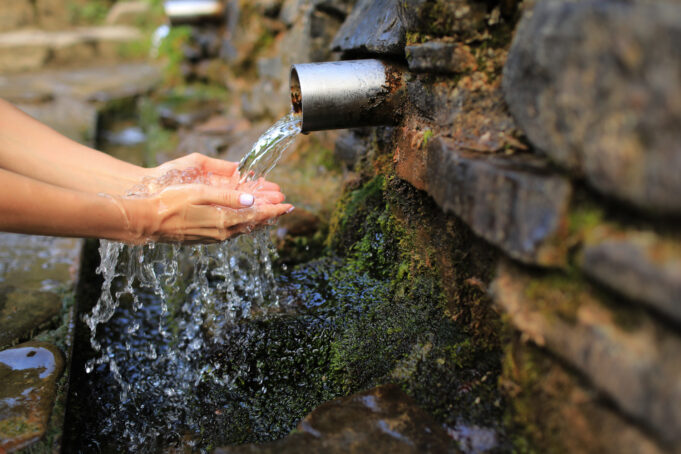A new World Bank report assessing global public spending reveals a critical gap in global water security funding. Here’s a breakdown for water treatment professionals:
The Challenge: Billions Short for Safe Water
- The world faces a $131.4 billion to $140.8 billion annual shortfall to achieve UN water access goals.
- Developing countries currently spend only 0.5% of GDP on water, with 91% coming from the public sector.
- Sub-Saharan Africa and South Asia face the most significant funding gaps.
The Problem: Inefficiency and Missed Opportunities
- A staggering 72% of allocated water budgets go unspent due to inefficiencies.
- Public water service providers often lack cost-effective operations and strategic investment planning.
The Path Forward: A Multi-Pronged Approach
The report outlines a roadmap for water professionals to bridge the gap:
- Spend Smarter: Improve budget execution rates through better public financial management. Invest in efficiency across water service providers, prioritizing cost-effective operations.
- Target Investments: Ensure equitable access by directing resources to underserved communities.
- Embrace Innovation: Explore new technologies and data-driven approaches to improve water management.
- Attract Private Investment: Implement reforms like risk-sharing and public guarantees to incentivize private sector participation. There is potential opportunity for municipal water treatment plants to partner with private companies for infrastructure development and technology upgrades. Explore these possibilities while keeping public control and affordability at the forefront.
A Collective Responsibility
Closing the water funding gap requires a concerted effort from municipal water professionals, governments, and the private sector. By working together and implementing these crucial strategies, we can create a more secure water future for all. SOURCE: World Bank





